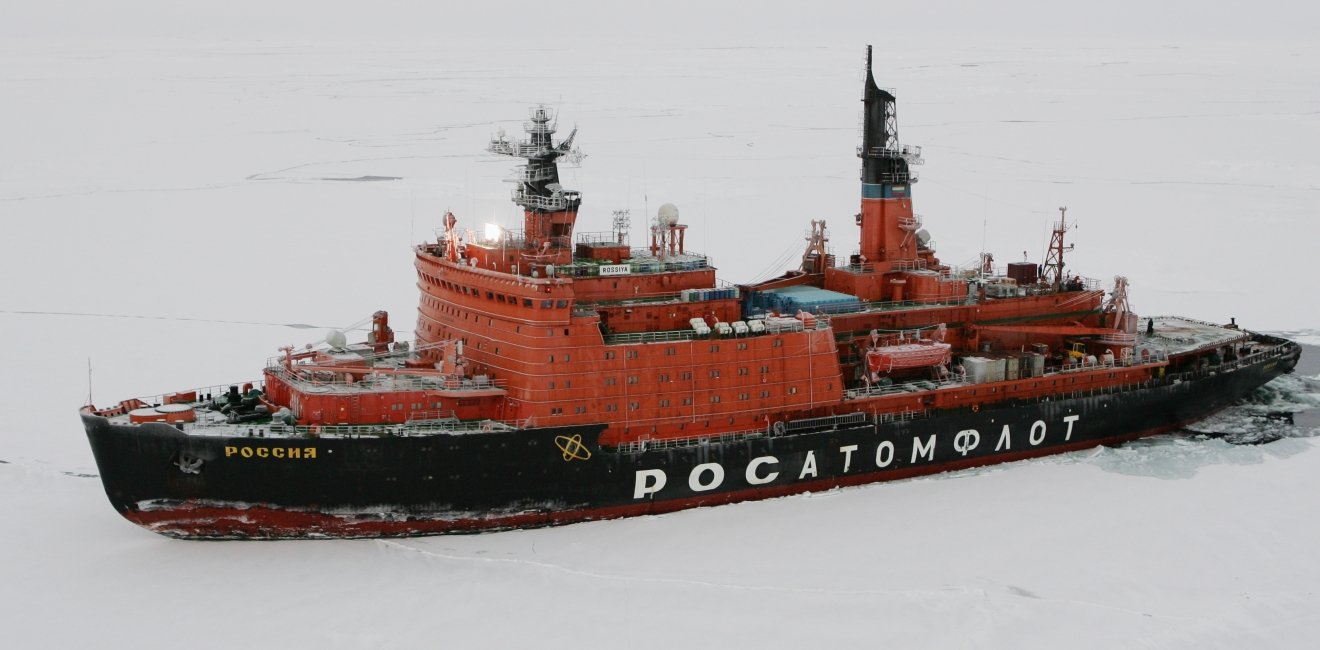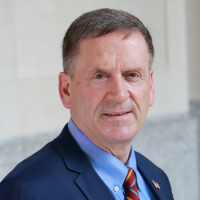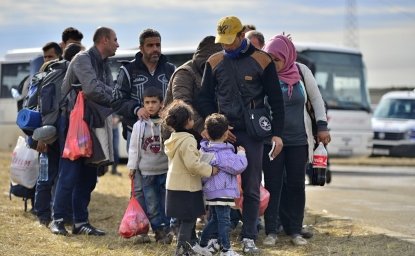
A blog of the Wilson Center

As Founding Father John Adams said two and a half centuries ago, “facts are stubborn things.” Our task is to identify and elevate those stubborn things.
Here are three…
1. Efforts by Havana’s communist government to dismiss, and then taint a rap song created by a group of young Cuban artists are failing. Their video, which openly ridicules a longstanding Fidel Castro slogan, has amassed nearly 5 million views on YouTube since February.
“Patria o Muerte” (Fatherland or Death) was a slogan Fidel Castro turned to over and over again to build patriotism and national unity in the face of economic hardship and restrictions on individual liberty. It was trumpeted continuously over the years, even as hundreds of thousands watched friends, family and neighbors desperately try to escape the island for a better life in the U.S. or elsewhere. Use of this slogan continued even as the “Ladies in White” dutifully and peacefully marched every Sunday to protest politically motivated detention of family members in Castro’s prisons.
Last year, a loose-knit group of young Cuban artists—many of them Afro-Cubans—launched what became known as the “San Isidro” movement. San Isidro openly protests censorship laws on the island, as well as the poverty which so many Cubans are experiencing. These artists have been met with harassment, arrests, and beatings.
Early in 2021, a group of young artists in Miami and Havana collaborated to create a rap song which boldly states, “Let us no longer shout ‘patria o muerte’ (Castro’s slogan), but ‘patria y vida’ (homeland and life).” The song confronts the regime in a way not seen in years, proclaiming, “It’s over now! And we’re not afraid, the deceit is over.”
The regime responded by resurrecting performances of songs featuring the Castro slogan, but none of them has captured anywhere near the attention—or audience numbers—of “Patria y Vida.”
2. Russia has announced plans for a new fleet of ships explicitly dedicated to the Arctic region, including more than a dozen icebreakers. Russia is currently the only country in the world building nuclear-powered icebreakers.
For most Americans, the Arctic has long been out of sight and out of mind. Yet analysts believe that one-quarter of the world’s undiscovered oil and gas reserves may be found in the Arctic—untapped petroleum and mineral resources that could approach $35 trillion in value. Four of the world’s 10 major fisheries also are located in the Arctic. And experts are concerned that the melting Arctic icecap will create significant environmental concerns and impact the maritime interests of many nations—including the United States.
Russia, on the other hand, has long seen the region as vital to its economic and strategic interests. After all, 20 percent of Russia’s exports and 10 percent of its GDP come from the Arctic. Half of the Arctic coastline is Russian territory, as is half of the region’s population.
Since oil and gas are responsible for roughly 60 percent of Russia’s export revenues and 30 percent of its national budget at a time when the Russian economy is struggling, it would be a surprise if President Putin weren’t eyeing the region as medicine for his country’s economic woes. And as if to put an exclamation mark on this mission to lock in Russia’s Arctic economic interests, Putin announced $300 billion in new oil and gas incentives there last year.
Moscow is also building up its military assets in the region—both conventional and nuclear. In March 2021, Putin boasted of the prowess of his military leaders in executing an exercise in which three nuclear submarines broke through the ice as Russian fighters flew simultaneously over the North Pole. Russia has placed numerous bombers, fighters, and radar systems in the Arctic, and Western media has reported accounts of Russian forces jamming GPS signals for air traffic off the Norwegian coast and targeting NATO assets with simulated weapon use.
In 1935, Gen. Billy Mitchell testified before Congress that “Alaska is the most strategic place on Earth.” An updated version of that statement would say the entire Arctic region is now that place—for economic and environmental reasons, as well as national security.
3. According to a recent Monmouth University poll, over 40 percent of Republicans say they will likely never get the COVID-19 vaccine.
Broad vaccine hesitancy persists, even though former Presidents Carter, Clinton, Bush, Obama, and Trump have all been vaccinated. As George W. Bush put it simply in a recent video: “Roll up your sleeve and do your part.”
Republican lawmakers who are also doctors have added their voices to the vaccine campaign. A group of them recently released a video asking all Americans to get vaccinated so “we can live life as free as before.” They referred to the vaccines as a “clear path to the eradication of the pandemic.”
On May 4, President Biden told Americans, “I want to be absolutely clear: You do need to get vaccinated. Getting vaccinated not only protects you, it also reduces the risk that you give the virus to somebody else. It could save your life or the lives of people you love.”
National lawmakers from both sides of the aisle, as well as medical professionals from every corner of the land, support the vaccine campaign. But according to a national poll conducted by Monmouth University in early April, not everyone is listening. One out of five Americans surveyed said they were unlikely to get the vaccine. Strikingly, 43 percent of Republicans said they were unlikely to be vaccinated compared to 5 percent of identified Democrats who said the same thing.
Yet there are millions of people in India, Brazil, and elsewhere who are desperately seeking vaccines…without much success.
Author

Explore More in Stubborn Things
Browse Stubborn Things
An American Approach to Foreign Assistance

Sudan Keeps Making History

What Happens in Africa Stays in Africa (Mainly)
